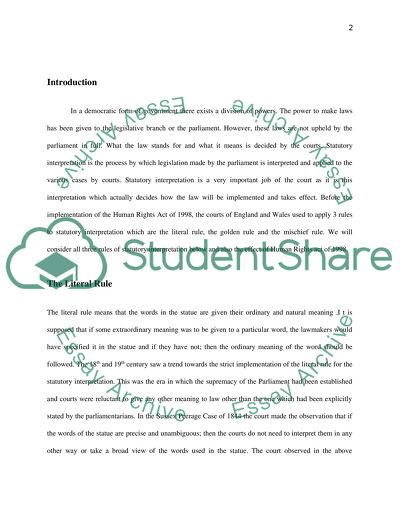Cite this document
(“The principal powers available to the courts in England & Wales in Essay”, n.d.)
The principal powers available to the courts in England & Wales in Essay. Retrieved from https://studentshare.org/law/1473343-the-principal-powers-available-to-the-courts-in-england-wales-in-connection-with-statutory-interpretation
The principal powers available to the courts in England & Wales in Essay. Retrieved from https://studentshare.org/law/1473343-the-principal-powers-available-to-the-courts-in-england-wales-in-connection-with-statutory-interpretation
(The Principal Powers Available to the Courts in England & Wales in Essay)
The Principal Powers Available to the Courts in England & Wales in Essay. https://studentshare.org/law/1473343-the-principal-powers-available-to-the-courts-in-england-wales-in-connection-with-statutory-interpretation.
The Principal Powers Available to the Courts in England & Wales in Essay. https://studentshare.org/law/1473343-the-principal-powers-available-to-the-courts-in-england-wales-in-connection-with-statutory-interpretation.
“The Principal Powers Available to the Courts in England & Wales in Essay”, n.d. https://studentshare.org/law/1473343-the-principal-powers-available-to-the-courts-in-england-wales-in-connection-with-statutory-interpretation.


